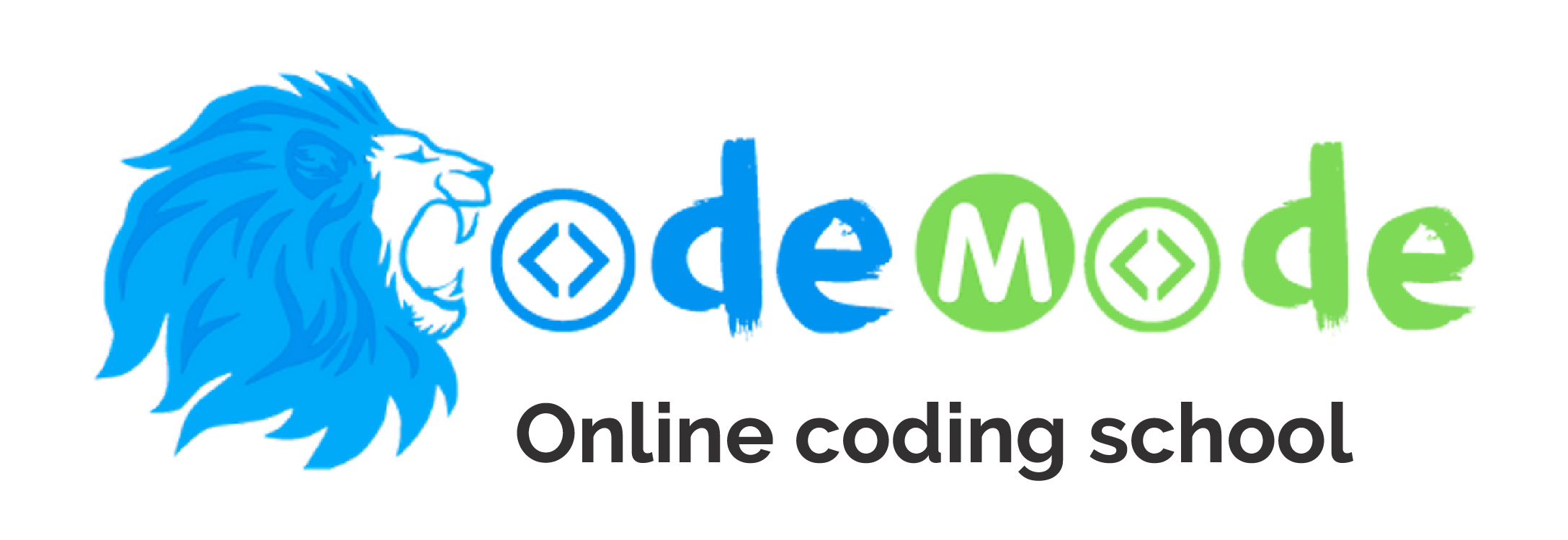The ability to code or program is developing into a valuable skill in the twenty-first century. Finding logically sound answers to common issues in the form of algorithms or mathematical equations is an essential part of learning to code, even before learning to construct software programs.
A real-world problem is first broken down by programmers into a set of steps (algorithm) and data structures. These steps must then be communicated in a language that the computer can understand. However, different programming languages like C, C++, java and python online courses all have unique syntaxes. This means that the coding language selected by the programmer must be chosen depending on how closely the operating system and underlying computer hardware must be interfaced.
Coding Enhances Problem-Solving Abilities in Children
- Increases creativity
Children can develop fresh and original applications by learning how to code, as coding provides a platform for children to express their creative potential. Many people begin learning to code, for instance, by creating simple video games or animated images. Instead of using a passive learning approach, coding tries to involve the learner in a creative knowledge-building process that enhances co-creative learning. Because of this, coding-related activities inspire kids to think outside the box, enhancing their problem-solving abilities.
- Teaches organizational skills
Since youngsters are very curious about how the world works, it is extremely important to help them satisfy this curiosity by teaching them how to organize many types of knowledge. Coding can help them learn how to manage different streams of information intake, which also makes it easier for them to learn, recall, and communicate knowledge.
- Develops teamwork skills

Every significant coding project is typically a team effort that calls for several programmers and designers to collaborate in order to solve the challenge. Individual coders must learn to communicate clearly with one another in order to manage and distribute duties while pursuing a shared objective. Children become team players and gain more experience by working together. Collaboration-based projects can also teach kids how to resolve disputes in a group and how to make the most of the varying talents and skills of each team member.
- Boosts problem-solving skills
Writing computer programs to solve issues is a practical process that requires trial and error, testing, and error correction. Coding fosters the division of difficult ideas and issues into simpler steps in an effort to resolve the issue. Children can use this methodology to boost their progress and modify the way they think.
Additionally, learning to code fosters self-reflection in a secure learning environment where kids can look at software bugs and attempt to fix them on their own, without any serious consequences if errors are made. Children learn the value of quick thinking once they have adopted this problem-solving technique.
- Enhances academic performance

Children can enhance their academic performance through coding, as it is a skill that strongly relies on mathematical and logical concepts. Critical thinking, the ability to focus, problem-solving, communication, cooperation, and creativity are all skills that are learned through regularly practicing coding and are crucial for academic success.
Conclusion
CodeMode is an online learning platform that helps students gain extensive knowledge of coding. By learning different programming languages, you can boost your problem-solving abilities and increase your creativity, problem-solving, organizational and teamwork skills.








